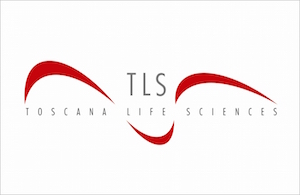Immunotherapy against tumours and against melanoma in particular has a long history but only recently this therapeutic approach has found a reliable scientific rationale. The main target of this biological therapy consists of teaching the tumour bearing host's immune system how to recognize antigens express on tumoral cells and destroy them, without damaging healthy cells. The success of this therapy greatly depends on the choice of the antigens responsible for the growth and proliferation of the tumour. Since metastatic melanoma appears to be resistant even to the most recent molecularly targeted agents, immunotherapeutic strategies continue to be used in an attempt to improve the results of the least 10 years of clinical investigations both in active and adoptive immune therapy. Indeed, vaccines prepared by using specific tumour antigens has recently lead to the commercial availability of the first tumour immunotherapeutic agents, which are usually employed in the post-surgery treatment of removed tumours, to stimulate the patient to develop the appropriate immune defences, in order to inhibit the recruitment of the same tumour and avoid far more invasive chemo- or radiotherapeutic agents.
Synthetic derivative of GM 3 lactone is artificial antigens useful as active ingredient for vaccines against tumoral cells over-expressing GM3 ganglioside and GM3 lactone, in particular in the treatment and/or the prevention of melanoma and cancers of colon.
Synthetic derivative of GM 3 lactone can also be useful as diagnostic devices. Synthetic derivative of GM 3 lactone, when is administrated to mice, produced a strong immune response and the antibodies obtained are able to bind to the GM3 ganglioside overexpressed on melanoma tumoral cells or colon tumoral cell lines.
N.A.
GM 3 ganglioside 1 and especially its metabolite, the GM 3 lactone 2, are overexpressed in melanoma cells with metastatic potential. These antigens are wrongly recognized as “self” by patient's immune system and are potential targets for the immunotherapy of this tumours. Although more immunogenic than GM 3 ganglioside 1, GM 3 lactone 2 failed as immunostimulant because unstable under physiological conditions, in unsuitable to be used in immunotherapy as melanoma's associate antigen. Aim of the present disclosure is to provide a synthetic derivative of GM 3 lactone which is hydrolytically stable under physiological conditions and good to raise the immune system to elicit antibodies able to recognize antigens express on tumoral cells which present overexpression of GM3 lactone (i.e. melanoma cells or colon tumoral cells).







